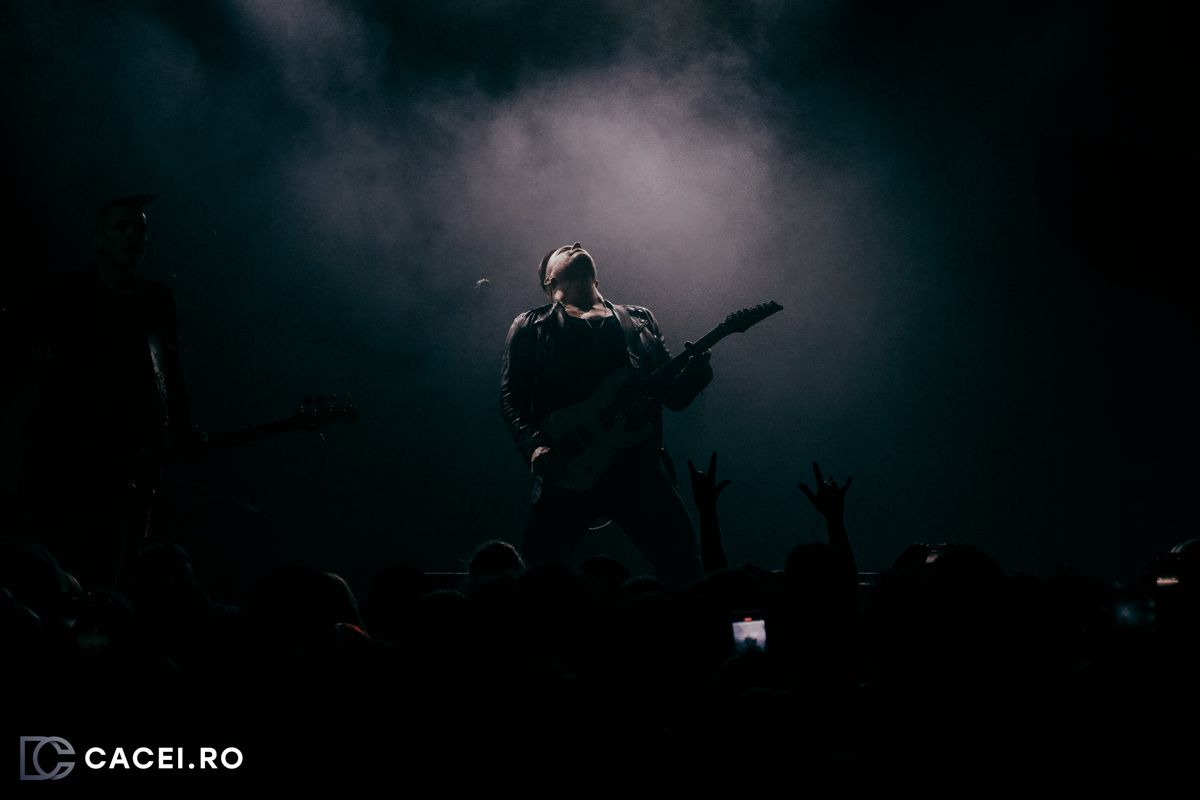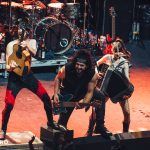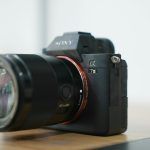How to Get Started in Concert Photography
Starting at Concert Photography might seem extremely hard, and it sometimes might be, but as almost with every kind of art or profession, hard work and dedication to learn can take you very far.
I’m highlighting below a bit on how the process worked out for me, keep that in mind that it might not be the same for everyone, but the idea of this guide is to help you to have a starting point for shooting concerts.
1. Start Small to Go Big
Begin your journey in the cosy, dimly lit corners of local venues and dive bars. These places are gold mines for photographers eager to learn and build their portfolio without the pressure of big stages and famous bands. Approach local bands directly—chances are, they’ll be thrilled to have someone capture their performance. This is your playground to experiment, make mistakes, and, most importantly, learn, learn, learn!
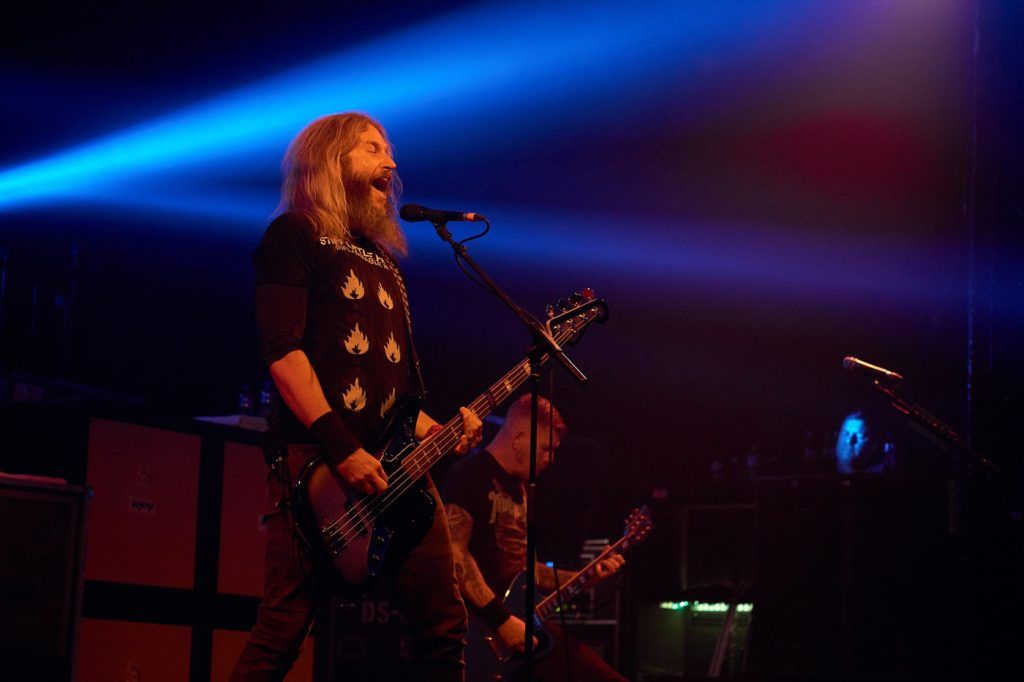
Finding Camera-Friendly Venues
Before you pack your gear, do a little homework to identify venues that welcome cameras. Not all places have strong restrictions on cameras, and starting with these will make your life easier. Later on, start contacting the venues and small artists directly as they might help you in.
2. Master the Art of Low Light Photography
Small venues often come with challenging lighting conditions, making them the perfect training ground to master shooting in low light. Understanding your camera’s settings and experimenting with different techniques in these environments will prepare you for almost anything the concert photography world throws at you.
3. Build Your Portfolio and Reach Out
As your collection of shots grows, start reaching out to local publications. This step is crucial—it’s your ticket to gaining access to bigger venues and more high-profile gigs through photo passes. Remember, getting a photo pass requires patience and a bit of luck, as approvals can frequently be rejected due to limited availability or approved last minute (even a few hours before a concert).
Publications are constantly looking for new photographers, so keep an eye on their socials or approach them directly and you might find one that will like to publish your work. Keep in mind that most publications are unpaid, so keep your expectations in check.
It’s always possible too, to create your publication, and it’s easier and easier nowadays to build your own website, so that might be a path you want to pursue, but also remember that since the publicists have limited availability, they might give preference for some already established publications.
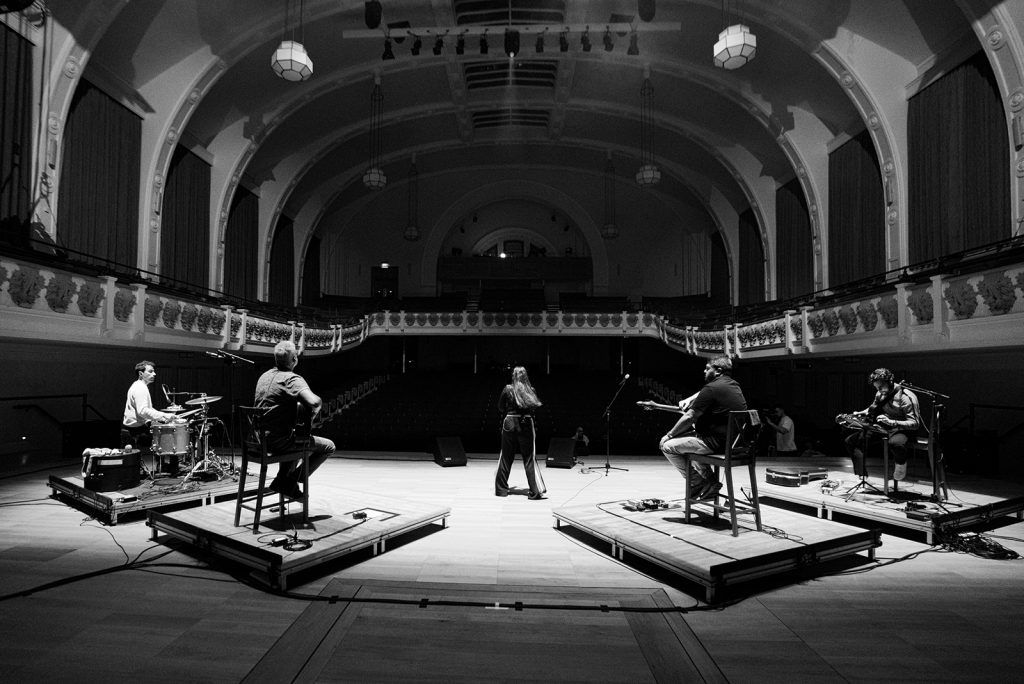
4. Know the Rules
Each venue and publication has its own set of rules. Make sure you’re clear on the dos and don’ts before heading out to shoot. A common rule is the “first three songs, no flash” policy, allowing photographers to shoot from the pit only during the initial moments of a concert. Respecting these guidelines is vital to ensure you and everyone else enjoy the show without a hitch.
Flash Photography: A No-Go
Unless you’ve received explicit permission from the band’s manager and the venue, keep the flash off. It’s distracting for both the performers and the audience and can quickly get you out of the venue or even banned.
5. Network, Network, Network
The concert photography scene is as much about the shots you take as the people you meet. Connect with fellow photographers; they can be a treasure trove of information and support. Don’t overlook the venue staff, security, and managers—these relationships can make your shooting experience smoother and open up new opportunities.
Reaching out to bands directly can also pave the way for future gigs. Making a personal connection might just get you remembered for their next show.
6. Be True to Your Art
This journey is yours and yours alone. While the tips above have worked for me and possibly other photographers to break into concert photography, the most important piece of advice is to be authentic. Don’t try to mimic others—find what speaks to you and pursue it with passion and dedication. Look for your style, communicate as you would normally and things might flow more naturally.
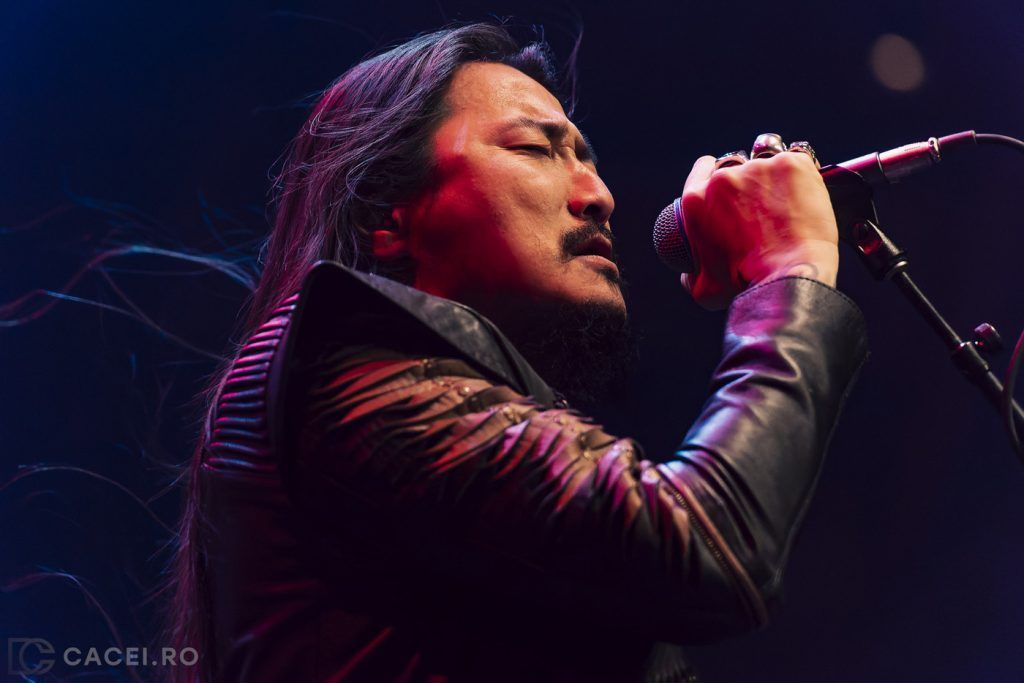
Concert photography is an exhilarating field that combines the thrill of live music with the art of photography. By starting small, mastering the technical challenges, building meaningful connections, and staying true to your vision, you’ll not only develop a portfolio that captures the energy and emotion of live performances but also carve out a niche for yourself in this community.
Remember, every great photographer started with a single shot.

